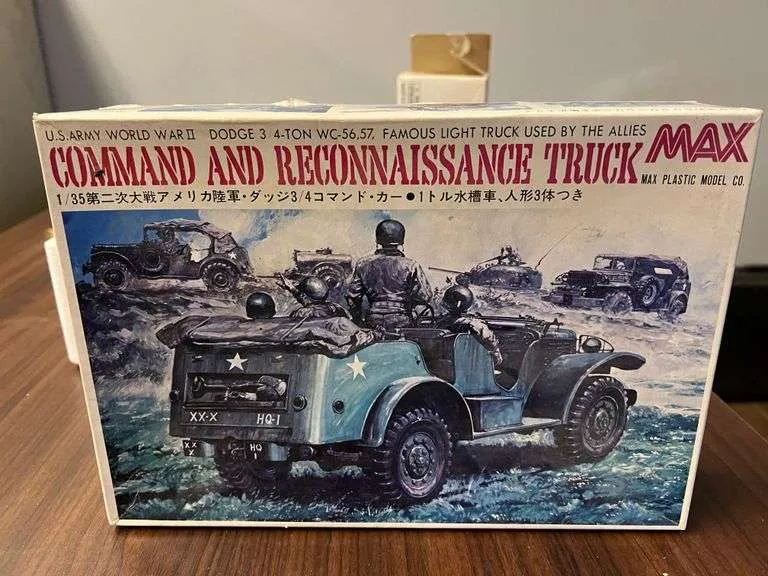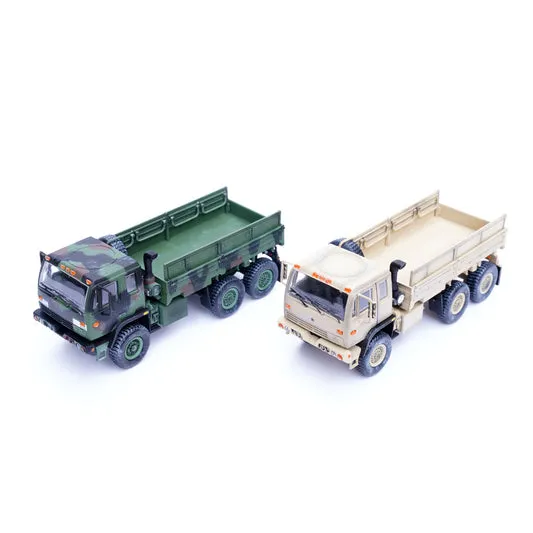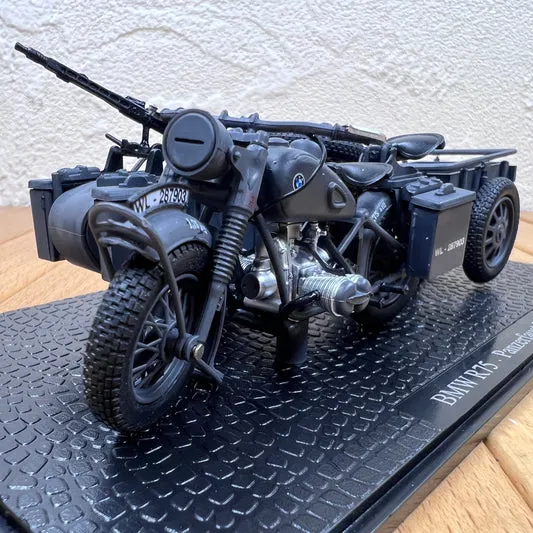What Are Military Models Diecast
Military models diecast are miniature replicas of military vehicles, aircraft, and other equipment, meticulously crafted from metal alloys and other materials. They are highly sought-after collectibles, prized for their detail, accuracy, and the historical significance they represent. These models offer enthusiasts a tangible connection to military history, allowing them to appreciate the design, engineering, and the stories behind these iconic machines. The term ‘diecast’ refers to the manufacturing process, where molten metal is injected into molds to create precise and durable components. This process allows for intricate detailing and the faithful reproduction of even the smallest features, making these models truly captivating. The level of detail can vary widely depending on the scale and the manufacturer, with some models featuring moving parts, realistic paint schemes, and even weathering effects to enhance their authenticity.
Scale and Detailing
The scale of a military models diecast model refers to the ratio between the model’s size and the actual size of the real-world vehicle or object. Common scales include 1:72, 1:48, and 1:35, with 1:72 being a popular choice for aircraft and smaller vehicles, and 1:35 often used for tanks and larger vehicles. The scale significantly impacts the level of detail that can be incorporated into the model. A larger scale allows for greater precision and the inclusion of intricate features, such as individual rivets, panel lines, and interior details. The detailing is a crucial aspect of the models, with manufacturers going to great lengths to replicate the appearance of the original vehicles as accurately as possible. This includes everything from the shape and dimensions of the hull to the markings, camouflage patterns, and the inclusion of accessories such as tools, weapons, and crew figures. The more detailed a model, the more realistic and valuable it becomes for collectors.
Historical Accuracy

Historical accuracy is paramount in military models diecast. Collectors and enthusiasts value models that faithfully represent the appearance and features of the real-world vehicles or aircraft they are based on. This includes the correct dimensions, proportions, and the accurate depiction of details such as armament, equipment, and markings. Manufacturers often consult historical references, blueprints, and photographs to ensure their models are as accurate as possible. Researching the historical context of a model can also enhance the collecting experience. Understanding the vehicle’s role in military history, its design, and its operational use adds depth and meaning to the collection. Model manufacturers collaborate with historians and experts to improve the accuracy of their models. This attention to detail helps preserve historical records and provides collectors with a tangible connection to the past. Many collectors focus on specific periods, conflicts, or vehicle types, building collections that reflect their personal interests and historical knowledge.
Materials and Construction
The materials and construction methods used in military models diecast contribute significantly to their quality, durability, and overall appearance. The primary material is typically diecast metal, usually zinc alloy, which provides the model with weight, strength, and a realistic feel. Other materials, such as plastic, rubber, and photo-etched parts, are often used to add detail and enhance the model’s realism. Plastic components are often used for smaller details, such as antennas, machine guns, and crew figures. Rubber is used for tires, tracks, and other flexible parts. Photo-etched parts, made from thin sheets of metal, are used to create highly detailed and intricate components, such as grilles, railings, and insignia. The construction process involves assembling the various components using a combination of techniques, including glueing, screwing, and sometimes soldering. High-quality models often feature intricate paint schemes, applied using advanced techniques such as airbrushing and tampo printing. The combination of these materials and construction methods results in detailed and realistic models that are built to last.
Popular Military Models Diecast
Several military models diecast models are consistently popular among collectors. Tanks, such as the Tiger I, Sherman, and T-34, are iconic and highly sought after. Aircraft models, like the Spitfire, P-51 Mustang, and the Messerschmitt Bf 109, are also very popular due to their historical significance and aesthetic appeal. Military vehicles, including jeeps, trucks, and artillery pieces, also have dedicated collectors. The popularity of certain models often depends on factors such as historical significance, the vehicle’s appearance, and the quality of the model itself. Limited edition models or those produced by well-respected manufacturers can also command higher prices and greater collector interest. Many collectors specialize in specific types of vehicles, periods, or conflicts, focusing their collections on models that reflect their particular interests. Researching the history and the features of the models helps in making informed collecting decisions and appreciating the value of the models.
Where to Buy Military Models Diecast

Military models diecast can be found in various places, both online and in physical stores. Specialty hobby shops are an excellent place to start, as they typically offer a wide selection of models, knowledgeable staff, and a sense of community for collectors. Online retailers provide convenience and often have a broader selection. Major online marketplaces, such as eBay, offer a vast array of models from various sellers, including rare and vintage items. Online model shops specialize in diecast models. Model shows and conventions are great venues to find models, meet fellow collectors, and sometimes get models at bargain prices. When buying a model, it is important to consider the seller’s reputation, the model’s condition, and the price. Comparing prices from different sources is a good idea, and reading reviews from other buyers can help you make informed decisions. Building relationships with sellers and other collectors can also provide access to valuable models and helpful information.
Caring for Your Military Models Diecast
Caring for military models diecast involves proper storage, cleaning, and handling to preserve their condition and value. Dust and dirt can accumulate over time, so regular cleaning is important. The simplest way to clean your models is to use a soft brush or a microfiber cloth to remove dust gently. Avoid using harsh chemicals or abrasive materials, as they can damage the paint and details. Proper storage is important to protect your models from damage and environmental factors. Display your models in a glass cabinet or a dust-free area away from direct sunlight. When storing your models, consider using individual display cases or protective packaging to prevent scratches and other damage. Handle the models carefully and avoid touching them too much, as the oils from your skin can damage the paint over time. Inspect your models regularly for any signs of damage or deterioration, and take appropriate action to address any issues. These steps will help ensure your models stay in good condition.
Storing the Military Models Diecast
Proper storage is crucial for preserving the condition and value of your military models diecast. The storage location should be cool, dry, and away from direct sunlight, which can fade paint and damage the models. A display case with glass doors is an ideal way to showcase your collection while protecting it from dust and damage. If you don’t have display cases, store the models in their original boxes or in individual protective cases. These boxes provide a layer of protection against scratches, dents, and other potential damage. Avoid storing the models in areas with extreme temperature fluctuations or high humidity. These conditions can cause the metal to corrode or the paint to peel. When moving or handling the models, be careful to avoid dropping them or bumping them against hard surfaces. Label your storage containers or display cases to make it easier to locate specific models. Proper storage not only protects the models but also enhances the overall presentation of your collection.
